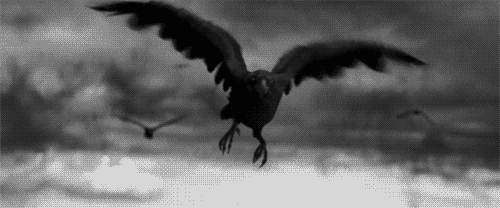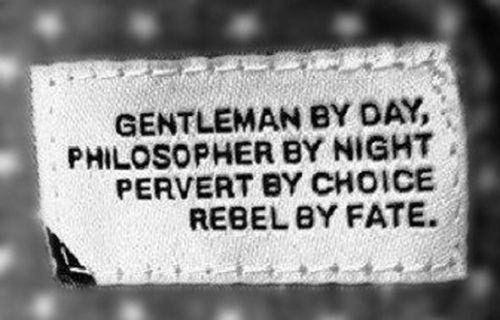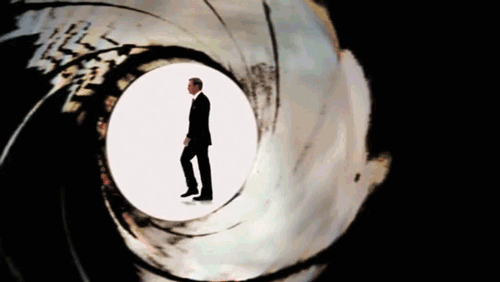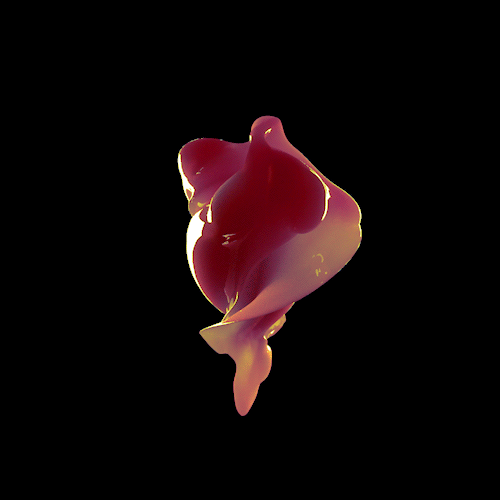
Jack Cardiff OBE, B.S.C. (18 September 1914 – 22 April 2009) was a British cinematographer, director and photographer.
His career spanned the development of cinema, from silent film, through early experiments in Technicolor (and, less successfully, Smell-o-vision), to filmmaking in the 21st century. He was best known for his influential cinematography for directors such as Powell, Huston and Hitchcock.
In 2000 he was awarded an OBE and in 2001 he was awarded an Honorary Oscar for his contribution to the cinema.
Cardiff was born in Great Yarmouth, Norfolk, and his parents were music hall entertainers. He worked as an actor from an early age, both in the music hall and in a number of silent films: My Son, My Son (1918), Billy's Rose (1922), The Loves of Mary, Queen of Scots (1923) and Tiptoes (1927). At 15 he began working as a camera assistant, clapper boy and production runner for British International Pictures, including Hitchcock's The Skin Game (1931).
In 1935 Cardiff graduated to camera operator and occasional cinematographer, working mostly for London Films. He was the first to shoot a film in Britain in Technicolor: Wings of the Morning (1937). When the war began he worked as a cinematographer on public information films.
The turning point in his career was as a 2nd unit cameraman on Powell & Pressburger's The Life and Death of Colonel Blimp (1943); they were impressed enough to hire Cardiff as cinematographer on their post-war Technicolor A Matter of Life and Death (1946). Their collaboration continued with Black Narcissus (1947), which won Cardiff an Oscar and a Golden Globe, and The Red Shoes (1948). These films put Cardiff's talents in high demand, and a string of big-budget films followed.
After concentrating on direction in the 1960s, he returned to cinematography in the 1970s and 1980s, though on undistinguished films.
Cardiff died of natural causes on 22 April 2009, the same day as Ken Annakin, with whom he had worked on The Fifth Musketeer (1979). He was survived by his wife and his four sons.

Kenneth Cooper Annakin, OBE (10 August 1914 – 22 April 2009) was an English film director.
His career in feature films followed early experience making documentaries, he made his fiction film debut in 1947 with the Rank Organisation. The following year he moved to Gainsborough Pictures to direct three films about the Huggetts, a working class family living in suburban England. Annakin became known for a series of Walt Disney adventures including The Story of Robin Hood and His Merrie Men (1952), The Sword and the Rose (1953) and Swiss Family Robinson (1960).
He was later associated with another American producer, Darryl F. Zanuck, when he was hired to direct the British segments in The Longest Day (1962). As head of the 20th Century-Fox Studio, Zanuck endorsed Annakin's most ambitious project Those Magnificent Men in Their Flying Machines (1965). Annakin also directed the big-scale war film Battle of the Bulge (also 1965) for the Warner Brothers studio.
However, some of Annakin's better received films are smaller-scale comedies and dramas, including his episodes in Quartet (1948) and Trio (1950), based on Somerset Maugham's stories, Hotel Sahara (1951), Across the Bridge (1957), Crooks Anonymous (1962), The Fast Lady (1963) and The Informers (1963).
Annakin's last completed film was The New Adventures of Pippi Longstocking (1988), Ghenghis Khan (1992) was not completed. He died on 22 April 2009, the same day as Jack Cardiff, who had been his cinematographer on the 1979 film The Fifth Musketeer.
Despite claims that George Lucas took the name for Anakin Skywalker in Star Wars from his friend and fellow film director, Lucas denied this via his publicist following Annakin's death in 2009.























No comments:
Post a Comment